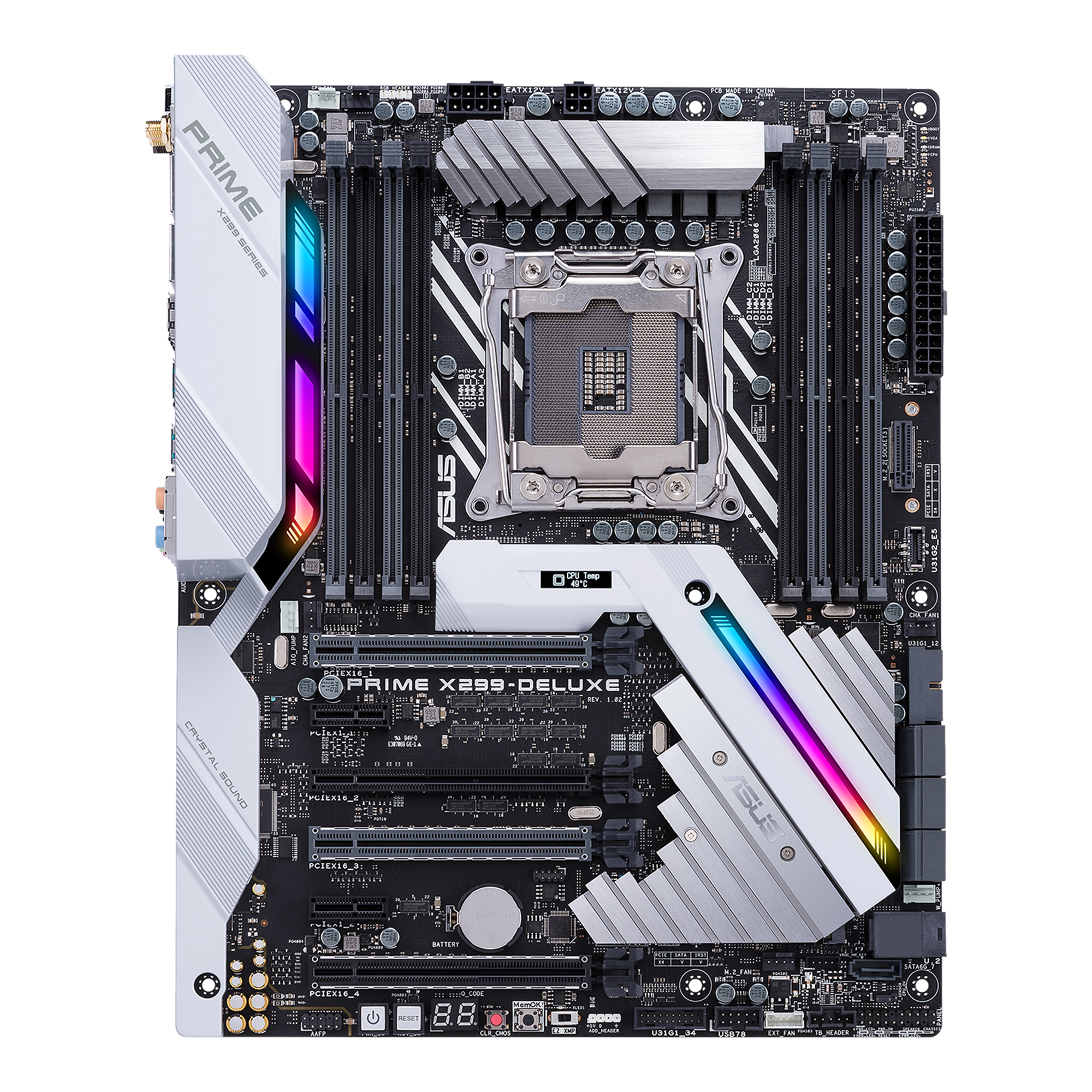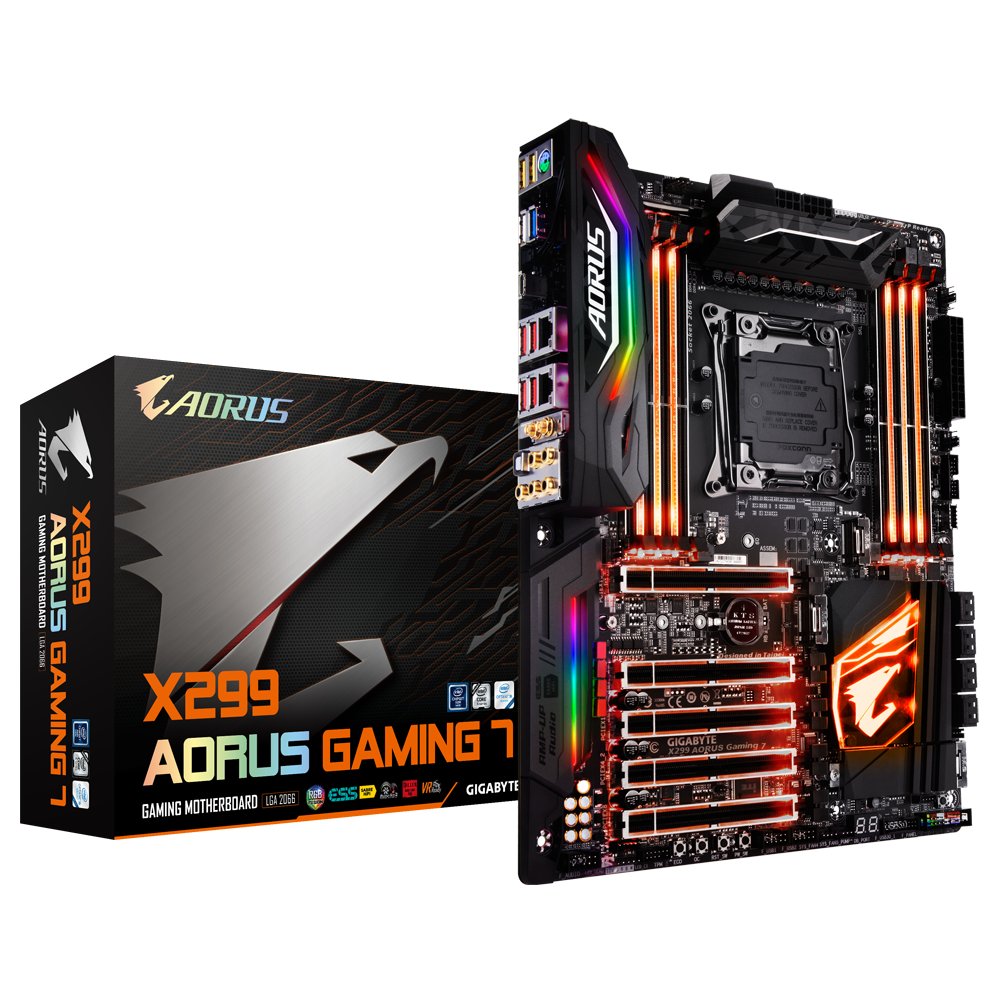Phoronix: Intel 545s 512GB SSD Benchmark On Linux
Intel announced their 545s series SSD last month and it's been making plenty of rounds on Windows. Curious about the Linux performance, I picked up the Intel 545s 512GB SATA 3.0 SSD for benchmarking on Linux.
Intel announced their 545s series SSD last month and it's been making plenty of rounds on Windows. Curious about the Linux performance, I picked up the Intel 545s 512GB SATA 3.0 SSD for benchmarking on Linux.



.png)

Comment